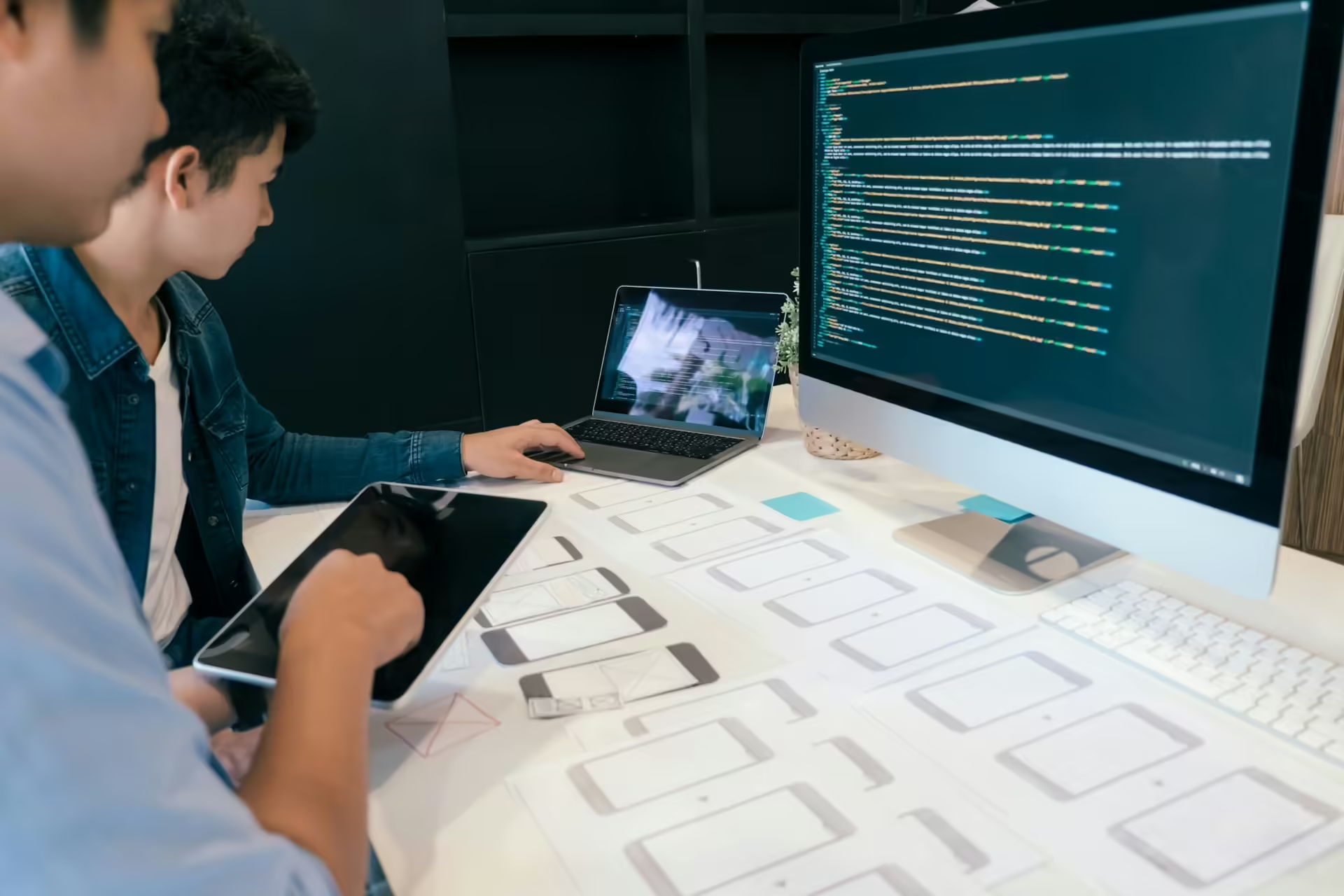Storytelling is a crucial part of marketing, and what better way to tell stories than through engaging visuals? A narrative with a strong infographic that walks users through the storyline is an excellent way to introduce new users to the product. Combined with authentic photography, it can create an experience that is seamless for the users.
For a website, design is only one part of the process. Functionality, experience, and architecture are crucial components that contribute to overall usability. When design and functionality work together, they can significantly influence user perception and engagement. As a leading web design agency with an award-winning development team, we dedicate substantial time to understanding the intricacies of web design—how it impacts the brand, influences decision-making, and helps companies become more efficient in their marketing efforts.
We often consider the art and science of creating corporate websites that are both aesthetically pleasing and offer an intuitive, engaging user experience. When product features are represented through interactive elements, the journey becomes much more enjoyable. Understanding what users want to see and when they want to see it during their journey is a science in itself.

Understanding User-Centered Design
User-centered design (UCD) is a methodology that places the user at the heart of the design process. At ArtVersion, our approach to business web design is rooted in the principle of balancing aesthetics with functionality. Thus we focus on user-centered design. Putting the user in the center of everything we do. A visually appealing website captures attention, but it is the user experience design that retains and converts visitors into loyal customers. Our design philosophy integrates both these aspects, ensuring that each web design project is not only beautiful but also highly functional and user-friendly.
Key Elements of User-Centered Business Web Design
Comprehensive User Research
Understanding the target audience is the cornerstone of our design process. We conduct thorough research to gather insights into user demographics, preferences, and behavior patterns. This data informs every design decision, ensuring that the final product resonates with its intended audience.
Intuitive Navigation
Navigation is a critical component of user experience. A business website should have a clear, intuitive structure that allows users to find the information they need with minimal effort. Design navigation systems that are logical and straightforward, can dramatically reduce cognitive load on users and enhance their overall experience.
Responsive Design
In today’s multi-device world, it is essential for business websites should be built so they are accessible and functional across various platforms, from desktops to smartphones. With a responsive design approach, you can make sure that websites automatically adapt to different screen sizes and resolutions, providing a consistent and optimized user experience.
Visual Hierarchy
Effective use of visual hierarchy guides users’ attention to the most important elements on a webpage. We strategically use size, color, contrast, and spacing to highlight key information and call-to-action buttons, facilitating easy navigation and interaction.
Accessibility
Accessibility is a fundamental aspect of user-centered design. Strive to make websites accessible to all users, including those with disabilities from the very beginning. Or invest in optimizing the accessibility of the current website natively not through the use of overlays and plugins that just make a codebase bulky. By adhering to web accessibility standards, you can ensure that everyone can navigate and interact with your websites without barriers.
Engaging Content
Content is a vital part of the user experience. We often collaborate with our clients to create compelling and relevant content that engages users and drives conversions. Your content strategy starts within your organization and should focus on clarity, conciseness, and value, ensuring that users find what they are looking for quickly and easily. Additionally, gives visitors the option to dive deeper into the subject. Many companies make the mistake of only offering small snippets of text written in marketing lingo. While these snippets may capture attention, some users may require more technical explanations. Providing a snippet that leads to an in-depth explanation of a feature or service bridges the gap between too little content and making an informed decision.

User-centricity is more of a mindset than a process.
It revolves around understanding and prioritizing the needs, preferences, and behaviors of users at every stage of design and development. This approach ensures that every decision made is with the user’s experience in mind, leading to products and services that are more intuitive, accessible, and satisfying to use. By adopting a user-centric mindset, businesses can create solutions that truly resonate with their audience and drive engagement and loyalty. Ultimately, investing in usability is a strategic move that enhances user satisfaction and drives sustained growth.